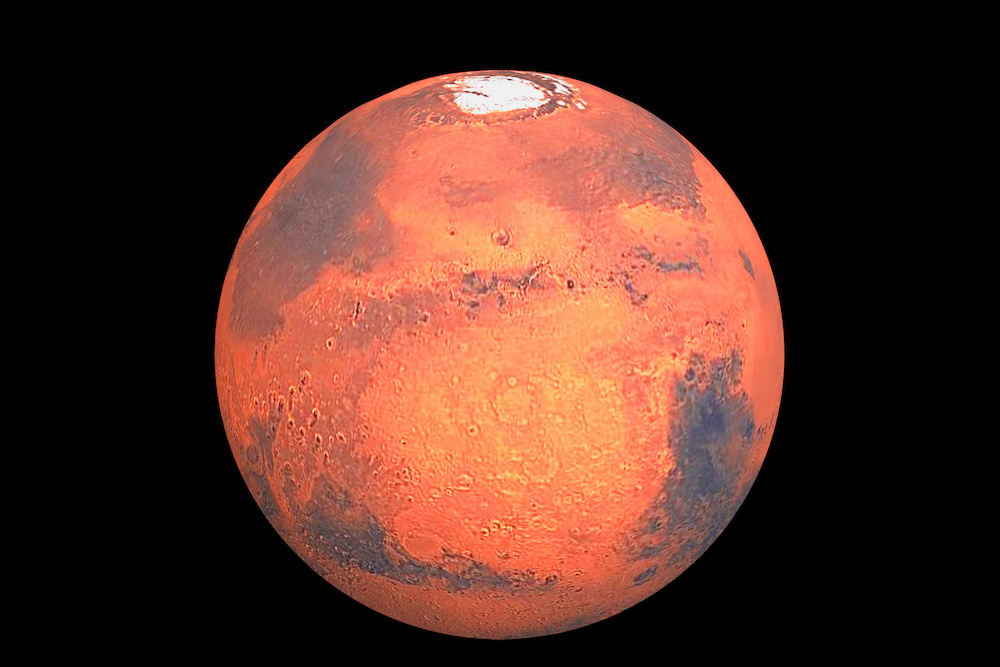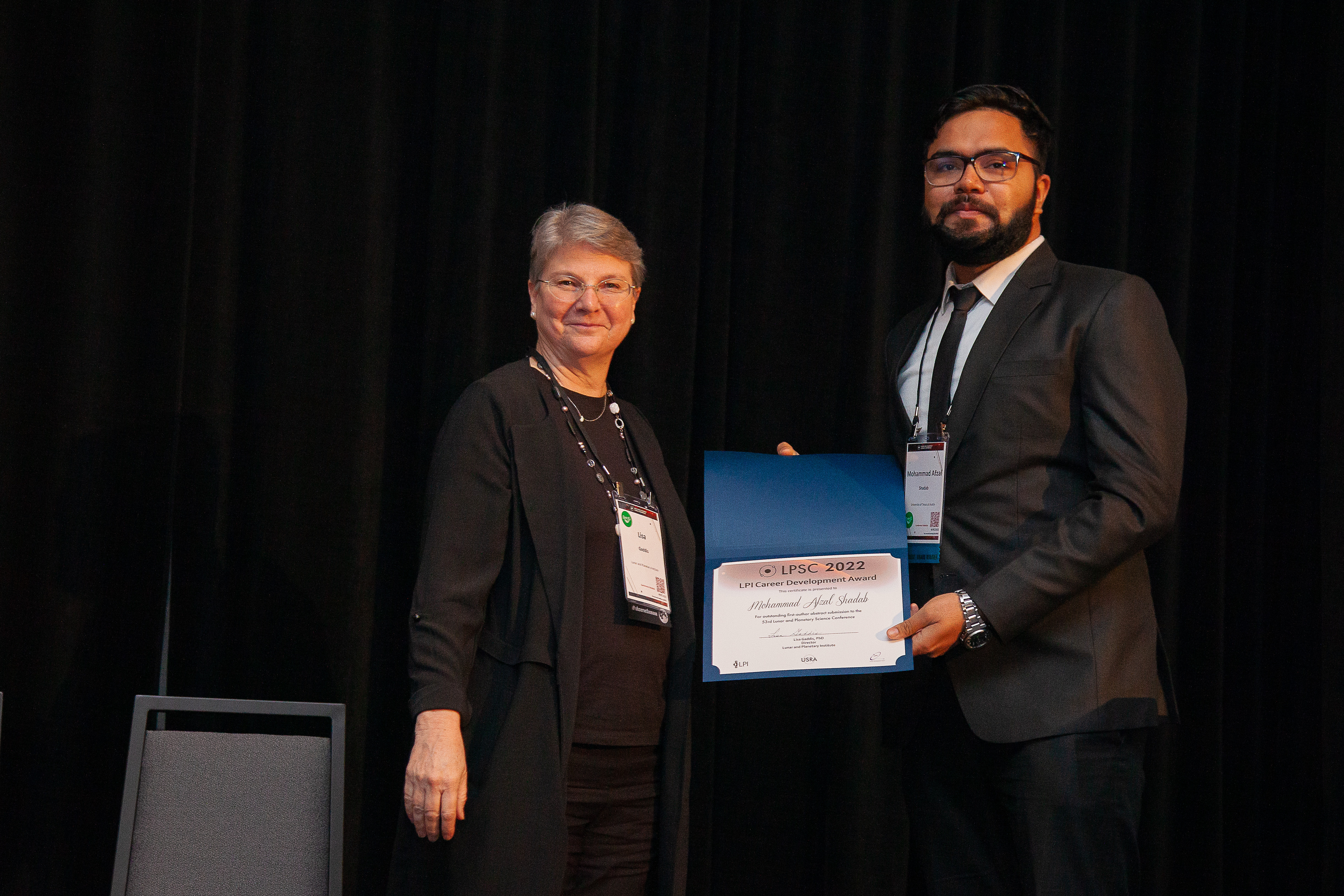Researchers from the Oden Institute and Jackson School of Geosciences have developed an improved model for planet-wide groundwater flow prediction on Mars that is not only more accurate but, according to its author, more elegant too.
Mars is believed to have collided with a huge astral entity around four billion years ago.
The Late Heavy Bombardment refers to a period where it is believed that a disproportionately large number of asteroids collided with Mercury, Venus, Earth and Mars. Many meteors and meteorites impacted Mars resulting in the large number of massive impact craters on the surface of the Red Planet. The event is also believed to have created its northern lowland - so large it’s visible from space - where a significant tract of Martian land appears to be literally sliced off.
This basin is also believed to have once contained a massive body of water. “Mars used to have a lot of water and it still has ice likely before this collision.” That’s Mohammad Afzal Shadab, a CSEM graduate student at the Oden Institute whose team developed a very simple mathematical formula for predicting just how high that groundwater table would have been. The study entitled: “Estimates of Martian Mean Recharge Rates from Analytic Groundwater Models” is advised by Marc Hesse and is pursued in collaboration with Eric Hiatt. It is a collaboration between the Oden Institute for Computational Engineering and Sciences, Jackson School of Geosciences, Institute for Geophysics and Center for Planetary Systems Habitability.
“Using curvilinear coordinates transformation and groundwater flow dynamics, we developed analytic solutions for a steady unconfined groundwater aquifer beneath the southern highlands of Noachian Mars (4 billion years ago),” Shadab said.
They also used the models to explore self-consistent combinations of recharge (rainfall or precipitation) and hydraulic conductivities.

